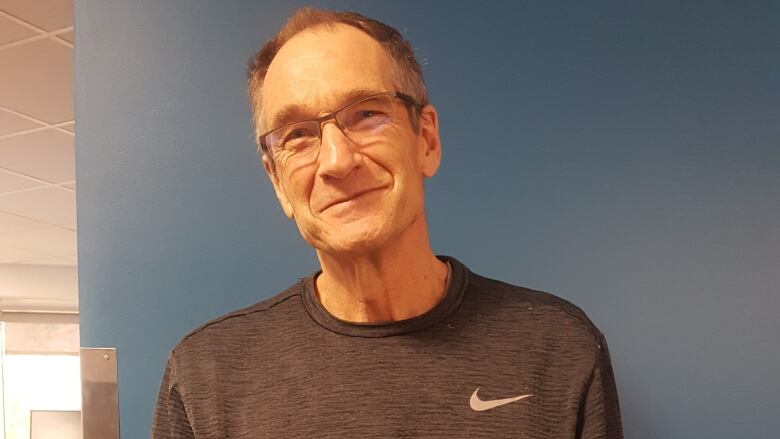University of Calgary professor receives prestigious Killam Prize
Self-proclaimed 'accidental scientist' receives $100,000 award

ProfessorWalter Herzog, the director of the Human Performance Lab in the University of Calgary's Faculty of Kinesiology,is one of five national recipients of the prestigiousKillam Prize, awarded to active Canadian scholars who have made a substantial and significant contribution to their fields in humanities, social sciences, natural sciences, health sciences or engineering.
He spoke to The Homestretch about his work on how humanbodies perform.
Q: What went through your mind when you heard that you won the Killam Prize?
A:It was a bit of a surprise, becauseI was nominated when I was on a sabbatical, and I kind of forgot I was nominated. So when the phone call came, it was a bit of a surprise a pleasant surprise, of course.
Q: Was it awarded for a specific project, or a body of work?
A:This is really for the body of work. I am in muscular skeletal biomechanics. We are doing work, mostly fundamental research on the molecular andcellular level, looking at muscle contraction, how the heart contracts, how muscles contract.
Also probably for the work that we are doing on other muscular skeletal tissues, such as cartilage, bone ligaments, tendons particularlyin states of disease, and as we age.
Q: When it comes to joint problems and other physical challenges, is it based on how people walk? What could cause osteoarthritis and accelerate the process?
A:There's a variety of risk factors. Movement and how you anatomically are built plays a big role, particularly for example in lower limbed areas,like hip and knee joint osteoarthritis.
One thing we've been looking at since about six years ago is how obesity might be affecting knee osteoarthritis common belief there has always been that because you're heavier when you're obese, that maybe it's the additionalmechanical loading that might cause the wear and tear on your joints.
- MORE CALGARY NEWS| Flood risk for Calgary remains significant
- MORE CALGARY NEWS| Video of racially charged argument at lethbridge restaurant sparks outrage on social media
But as it turns out, some of our studies seem to suggest that's not really correct when you're obese, there is a so-called metabolic syndrome that goes along with it.
Often,that's a low-level type of inflammation that happens with obesity andthat low-level inflammation seems to be more important and more a driver of the osteoarthritis than the actual gain in body weight you might have.
Q: Why do you describe yourself as an accidental scientist?
A:I studied kinesiology as an undergraduate student in my native home Switzerland.Iwas a very active runner and track andfield athlete and my dream was to become a verywell-educated coach of track andfield a national team coach in Switzerland.
So I wanted to study biomechanics, notreallyto become a scientist, butto become a coach.
Then I went to the U.S., and did a lot ofwork with athletes for example from the 1984 Olympics, we trained andworked with long jumpers andtriple jumpers for the 1984 games in Los Angeles.Then at one point during my graduate studies, I started to realize that the athletes became less important to me but the problem of for example how can you maximize jumping distance in a human being? Became more important.
So I guess that's why I call myself an accidental scientistbecausethat really was not the career plan at all.
Q: What are your goals for future research?
A: There's a lot of exciting work that is going on.
One thing we haven't talked about at all yet, is that we've discovered a new proteomeskeletal andcardiac muscle contraction that we think plays a role in contractility andhow muscles actually work.
We were among the leaders in identifying that there's at least a third proteomethat plays a substantial role as well. So we want to do some fundamental work in skeletal muscle, but also in heart muscle to understand heart disease and how that might develop.
With files from The Homestretch












_(720p).jpg)


 OFFICIAL HD MUSIC VIDEO.jpg)
.jpg)



























































































